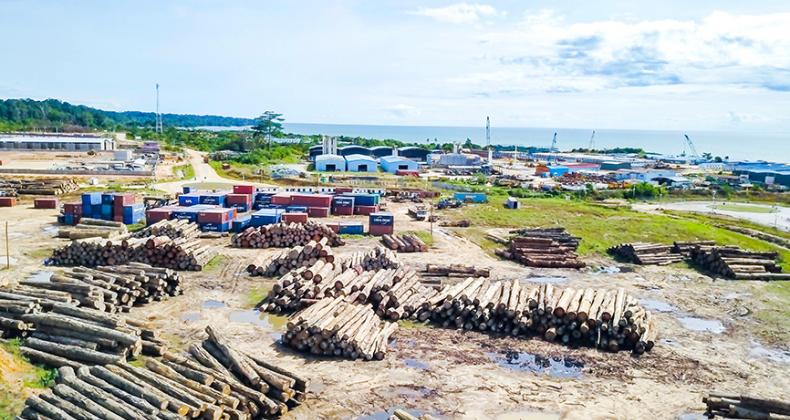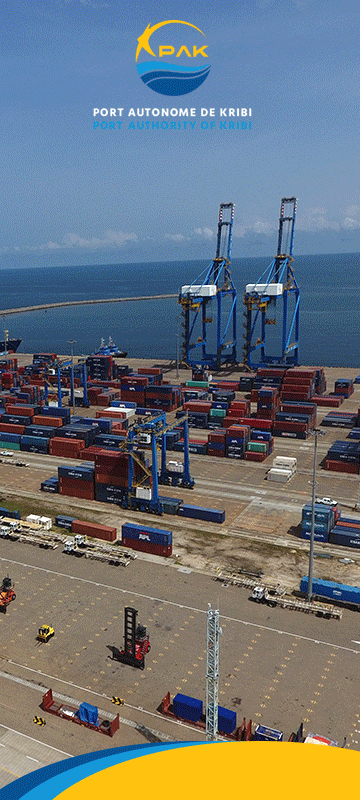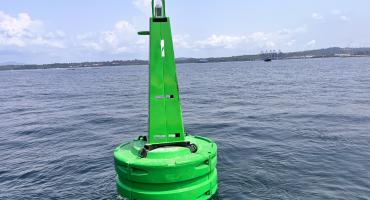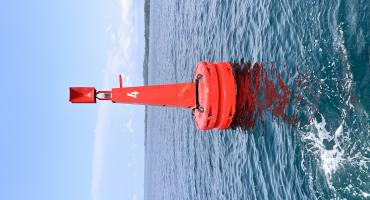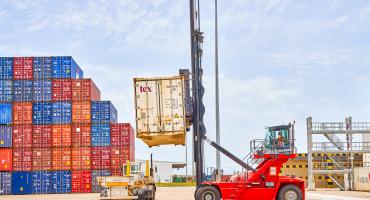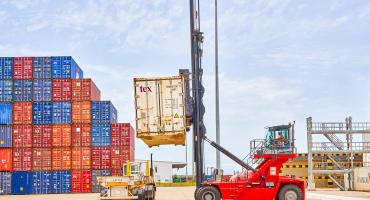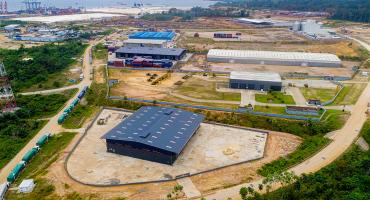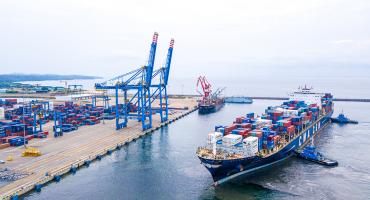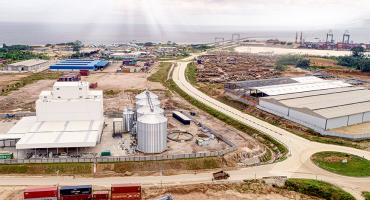Out of the 26,300 ha of land belonging to the artificial public domain, 20,000 ha are intended to host commercial, logistics and industrial activities by 2040. To make them functional, PAK has embarked on developing a major infrastructure network (roads and highways, railway, water supply system, power supply system, etc.) To meet the current demand and needs expected by 2027, 1,200 ha will be earmarked out of a gross area of almost 3,000 ha for the establishment of activities in the areas adjacent to the Port.
A variety of high value-added activities
The array of activities on the first plot of more than 105 ha bodes well for the future of the logistics zone: operators, cocoa bean processing factories, pozzolan production unit, timber-processing unit, heavy machinery assembly and maintenance plant, household appliance manufacturing and assembly plant, agroprocessing industries and cosmetics production plants, storage and warehousing areas. Various activities which bring added value to the local expertise especially with 60% of investments held by Cameroonians, to our raw materials, to the Port traffic, to employment, but moreover to the economic fabric at the sub-regional level and beyond. However, other projects are yet to start, among which the development of the oil and gas terminal, the construction of an electrical equipment manufacturing plant and the setting up of renewable energy production units.
Promising prospects
As PAK is the sole deep-sea port of Cameroon, its logistics area is a growing and dynamic port environment which shows signs of permanent increasing traffic, strengthening its attractiveness through the development of maritime lines, the development of its future economic zone making it a sub-regional hub and strengthening its international reputation for the development of logistics and industrial projects.
As concerns specifically the future economic zone, it is worth mentioning that the project entails developing, operating and maintaining a 455-ha developed space with optimal infrastructure to settle first-class logistics and industrial companies. The real estate component of the project deals with building a modern business center (commercial spaces, exhibition centre, conference centre, etc.) and warehouses.

